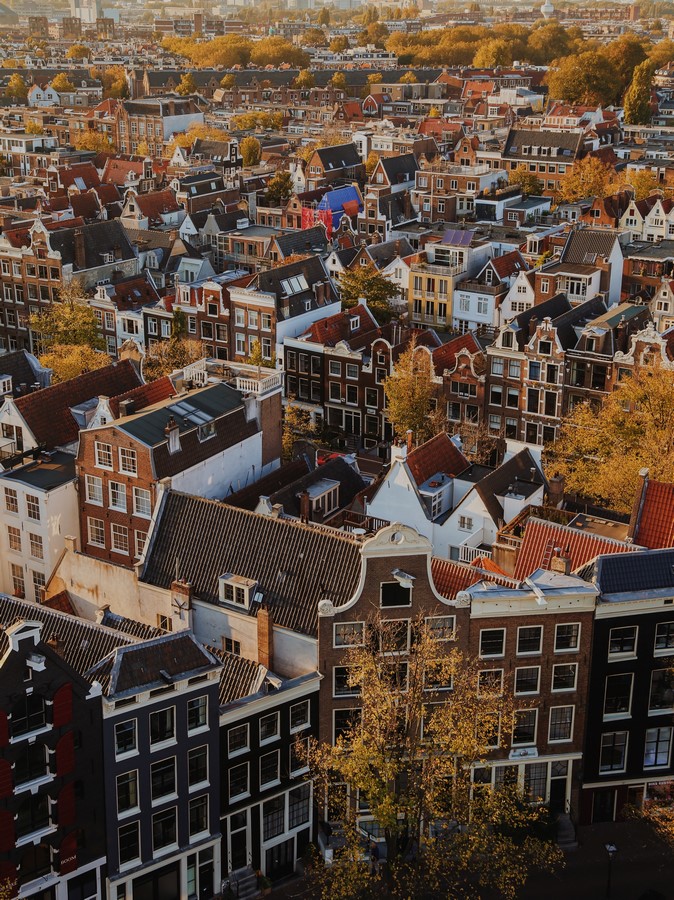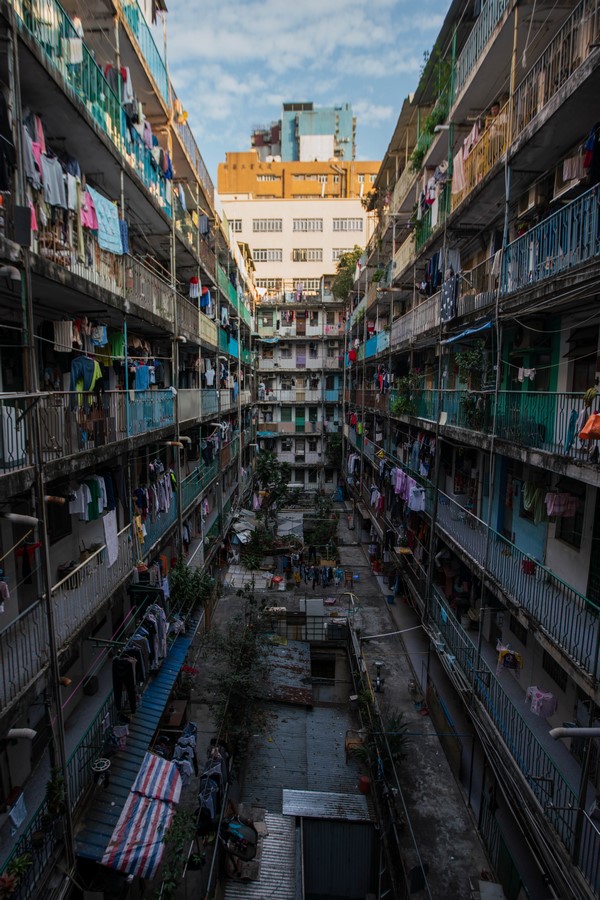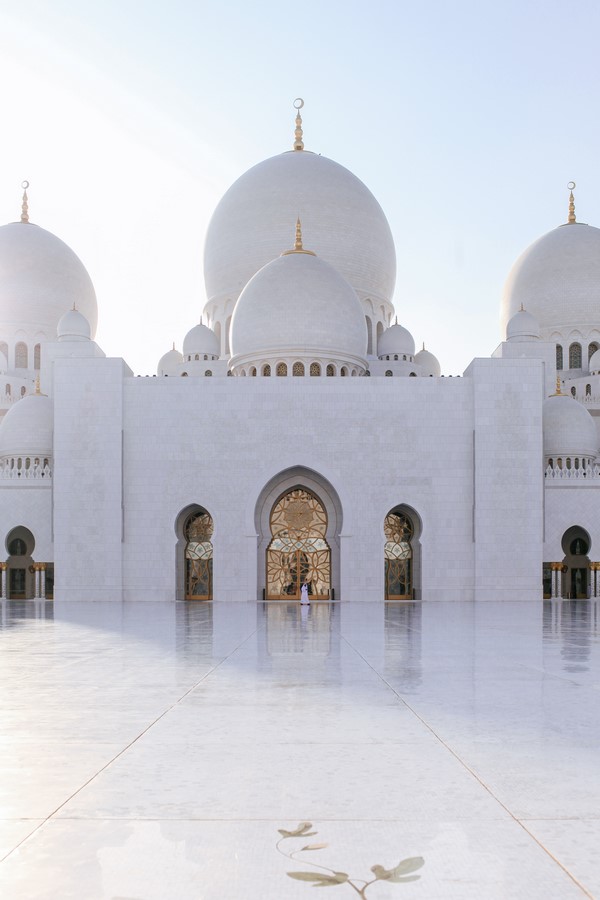The ever-changing power shifts govern the changes and challenges that face society. It influences the values and behaviors of people, their likes, and dislikes, and shapes a predetermined life for them. What affects society, by default, affects architecture. It affects the infrastructure, construction, neighborhoods, and cities. There is a crucial part that planners, architects, and stakeholders play in influencing the built environment due to the complexity of the impact of architectural politics of space on people and communities.
The term “politics of space” refers to the impact of politics, resources’ distribution, and societal ideologies on the design, use, and allocation of physical space. It directly influences architecture and in turn, it is explained by architecture. i.e., the economic gap is illustrated through housing arrangements. Values and beliefs are expressed through the buildings and structures built as landmarks, for religious practices, or to demonstrate a certain societal background. Identity, community, and culture are boldly pointing toward architectural politics.

Economic Imbalance
Economic inequality and the politics of space in architecture are inseparable. Politics hold sway over the allocation of resources. It determines how much money is invested and where. The allocation of money on architectural projects faces an imbalance in the different socioeconomic classes. It can result in major differences in the quality and availability of housing, facilities, and public infrastructure. For example, gentrification illustrates how architectural and urban planning projects can increase the economic imbalance in cities in the process of moving inhabitants with lesser incomes to habituate a higher economic class. The social fragmentation and loss of inexpensive housing, as a result, shows the impact of the politics of space.
The politics of space is perceived through the inclusivity and exclusivity of social groups from certain spaces. A sense of equality and belonging is promoted in public areas that are intentionally inclusive and have easy wayfinding, seating options for all, and accessible entrances. On the other hand, places intended for exclusivity, such as gated communities, or clubs for members only, can engender social differences by physically excluding people based on their socioeconomic standing or affiliations.

Community participation
The economic imbalance fractures the community, but with their involvement in the design process as key participants for architectural projects, the local community may have an impact on how people see and relate to their built environment. Community involvement occasionally results in a more culturally appropriate architectural design. Involving locals in participatory design methods, for instance, creates neighborhoods that better reflect the needs and preferences of the community.
Heritage Preservation and Cultural Memory
Participatory design results in more contextual architectural and urban projects because they are made for the people, by the people. They imprint their culture through the design-making process and participate in preserving historical and cultural assets. Questions of historical preservation and the politics of space in architecture interact to affect how connected a community is to its past and sense of self. People’s sense of identity, continuity, and belonging can be impacted by architectural choices regarding the preservation of historical sites, buildings, and neighborhoods.
Identity and Symbolism
A sense of belonging and identity results from the ideals and beliefs of a society. It’s created and lived, and then it seeps through the surrounding structures. Political and cultural identities can be expressed and reinforced via architecture. Government buildings, monuments, and religious structures highlight the community’s preferences, priorities, and assets.

Environmental Sustainability
Architecture’s politics of space are extremely important for tackling environmental issues. Actions for saving the environment are currently wildly advocated for and it is reflected in architectural projects which resulted in a noticeable increase in the innovation and creation of eco-friendly structures. Motivating societies to care for the environment made the jump towards change. The complete opposite shows in previous movements and eras, where the main aim of structures was to flaunt economic power which only resulted in a large carbon footprint.
Accessibility and Mobility
The urban infrastructure reflects the economic power or lack of a city. Paved streets, proper way-finding, and public transport show elevated architectural politics. It does not only reflect the politics, but the decision to allocate resources to architecture and urban planning affects the accessibility of individuals to opportunities for education, employment, and social interaction, resulting in a more evolved and educated community.
The influence of the politics of space in architecture on people’s lives is strong and pervasive. It affects the economic imbalance in different socioeconomic groups, the participation and inclusiveness of the community in the design process, identity, symbolism, sense of belonging of individuals, accessibility and mobility, cultural heritage preservation or erasure, and plays a significant role in environmental sustainability. To build places that are beneficial to all societal members, architects, urban planners, and politicians must be aware of their role in influencing the built environment and make deliberate choices that prioritize fairness, inclusion, and sustainability.

References
Jones, P., 2009. Putting Architecture in its Social Place: A Cultural Political Economy of Architecture. Urban Studies, 46, pp. 2519 – 2536. https://doi.org/10.1177/0042098009344230.
Dripps, R., 1997. The first house : myth, paradigm, and the task of architecture. . https://doi.org/10.5860/choice.35-3113.
Knesl, J., 1984. The Powers of Architecture. Environment and Planning D: Society and Space, 2, pp. 22 – 3. https://doi.org/10.1068/d020003.
Jones, P., 2006. The Sociology of Architecture and the Politics of Building:. Sociology, 40, pp. 549 – 565. https://doi.org/10.1177/003803850663674.














